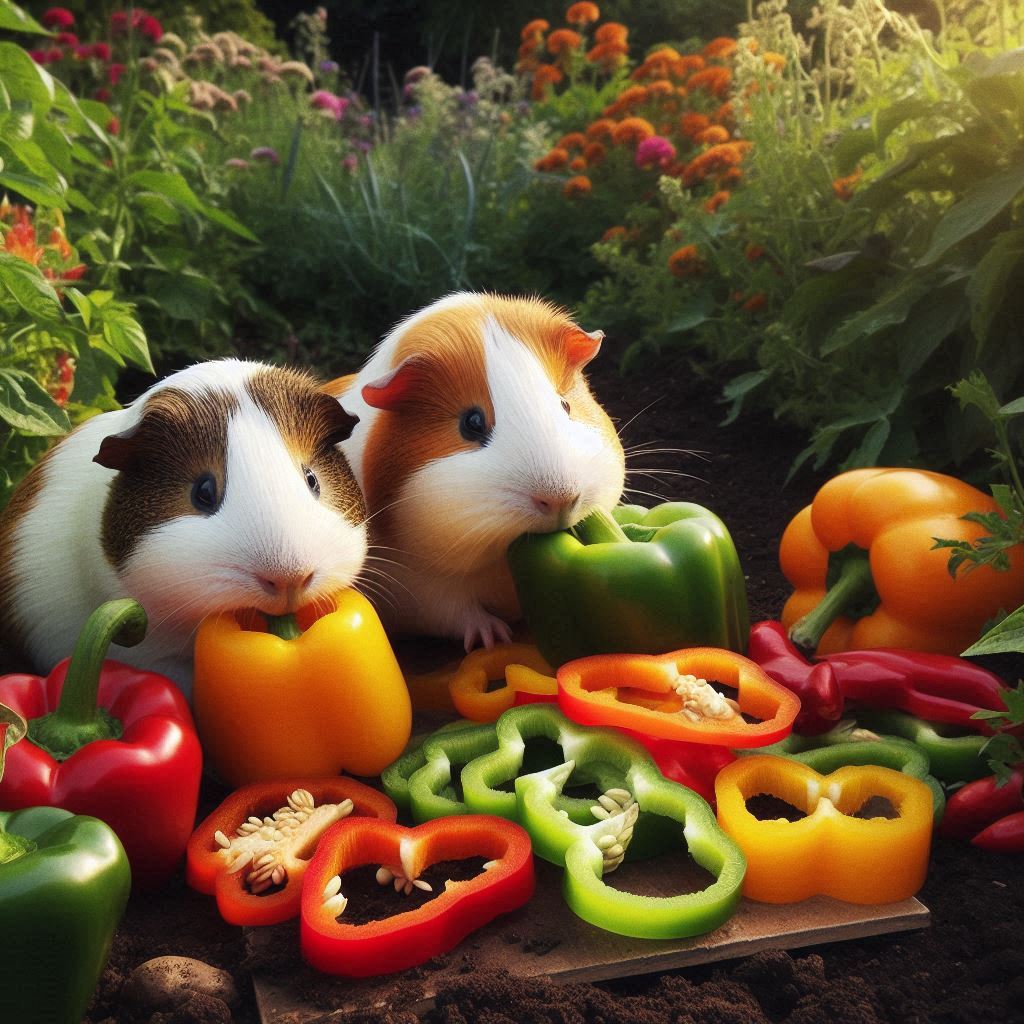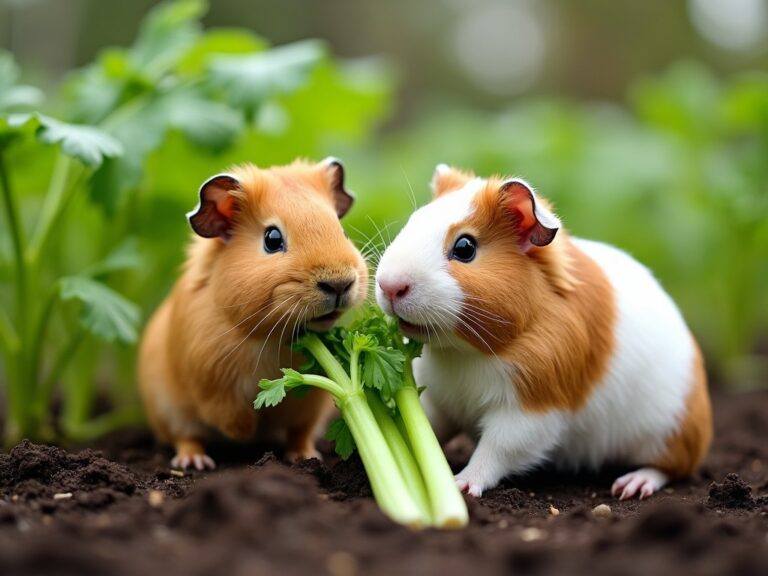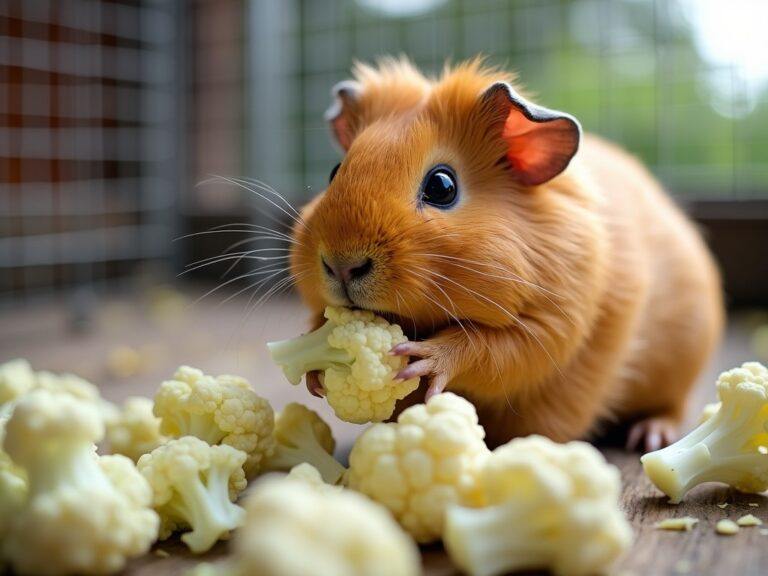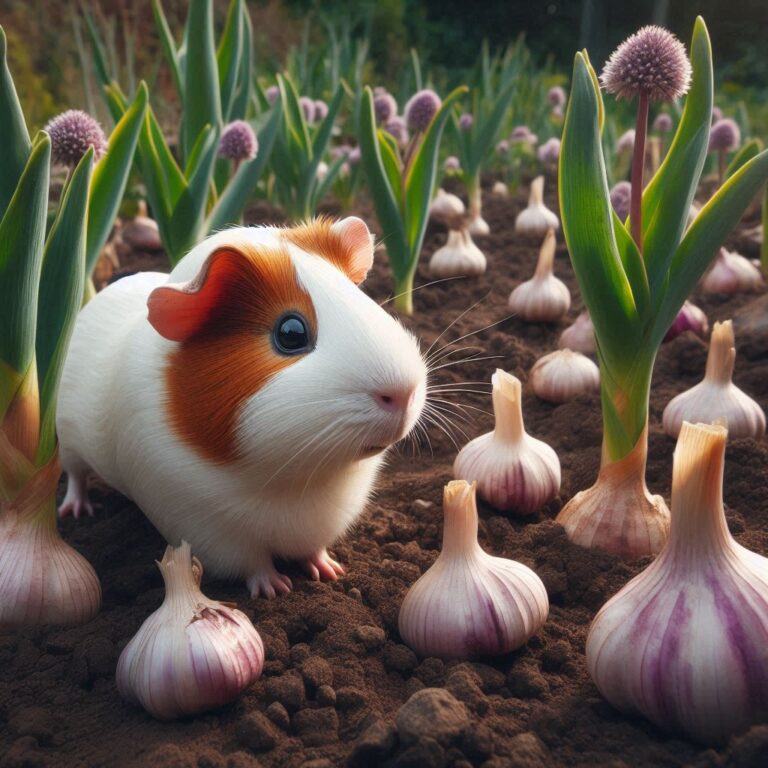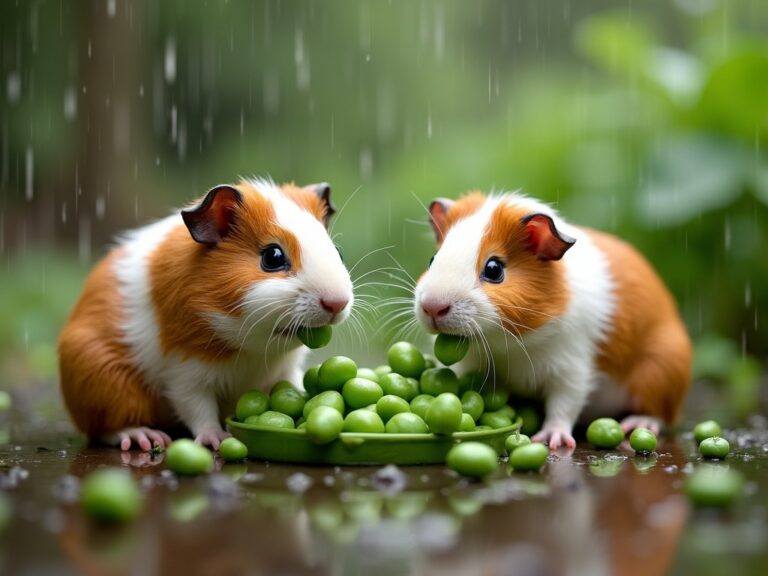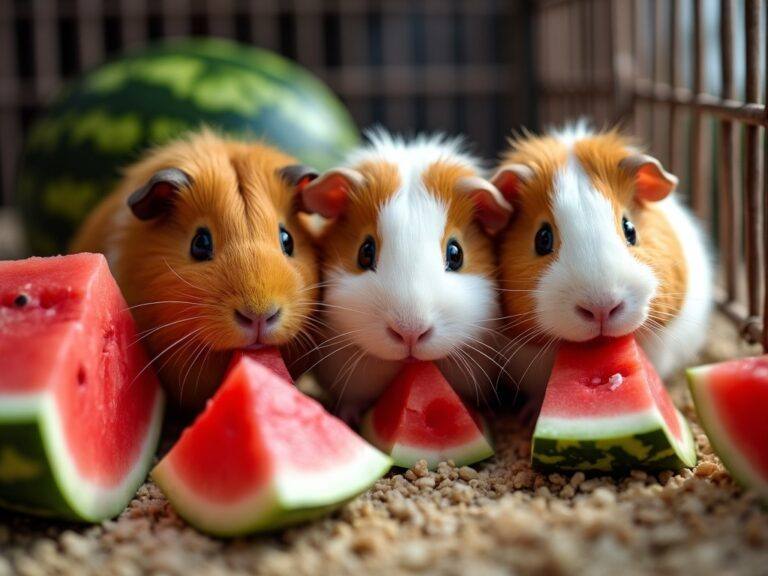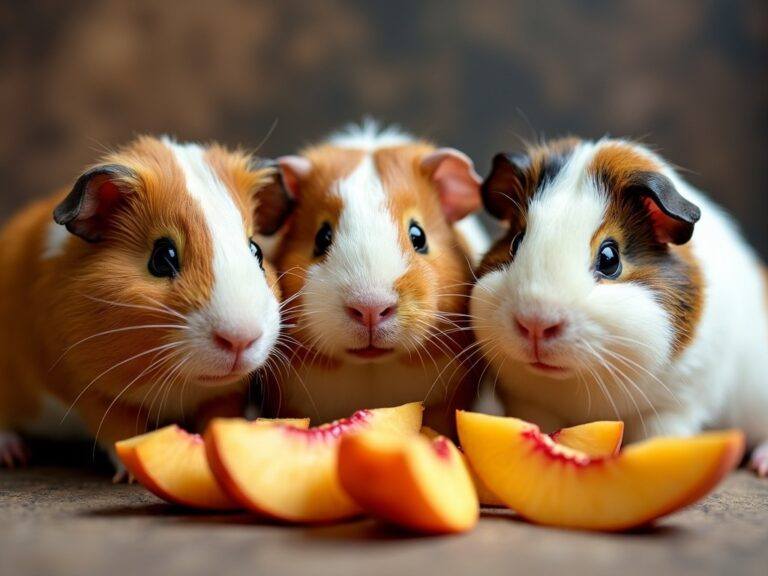Can Guinea Pigs Safely Eat Bell Peppers
Absolutely, guinea pigs can safely eat bell peppers, and they’re quite beneficial for them too! These colorful vegetables are not just a tasty treat but also a nutritional powerhouse, especially when it comes to their Vitamin C content, which guinea pigs require but cannot produce themselves.
Rich in various vitamins and low in calories, bell peppers can support your pet’s immune system while ensuring they’re not packing on any unnecessary weight.
When I mention variety, I refer to the diverse colours of bell peppers available at your grocery store. Green, red, yellow, and orange bell peppers are all safe for guinea pigs to consume.
However, some of these might be sweeter or slightly more nutrient-dense than others, which can be a delightful way to keep your pet engaged and excited about their meals.
While bell peppers are a beneficial addition to your guinea pig’s menu, remember moderation is key.
Balancing their diet which should mainly consist of fresh hay and quality pellets and a variety of fresh vegetables alongside bell peppers such as carrots, broccoli or cucumber is crucial in providing comprehensive care for our guinea pig’s health.
Optimizing Your Guinea Pig’s Health with Bell Peppers
Guinea pigs thrive on a diet rich in fresh fruits and vegetables, and bell peppers can be a vital component. Like any other food, it’s essential to serve them in proper portion sizes.
A small slice of bell pepper several times a week is enough to benefit your guinea pig without causing any health problems.
While bell peppers are nutritious, too much of a good thing can lead to health issues. Overfeeding can result in urinary problems due to the oxalates in peppers, which can lead to the formation of bladder stones.
Moderation is the key to leveraging the health benefits while avoiding the risks.
If you’re introducing bell peppers to your guinea pig’s diet, it’s best to start slow. Offer a tiny piece and observe how they react over the next 24 hours.
This cautious approach can help you identify any adverse reactions early on and ensure a positive addition to their diet.
When selecting bell peppers, aim for organic to minimize the exposure to harmful pesticides. While it might be tempting to go for the cheapest option, the health of your guinea pig should always come first, and organic produce is generally safer.
Keeping a record of your guinea pig’s reaction to different bell pepper colors can be helpful. Red, green, yellow, and orange bell peppers all have varying levels of nutrients and sugar, affecting each guinea pig differently.
Adjusting their diet based on their unique responses ensures they receive the benefits without any unnecessary risks.
Preparing Bell Peppers for Your Furry Companion
So, you now understand the benefits bell peppers offer to your guinea pig and the appropriate amounts to feed them.
What’s next is ensuring you’re serving these colorful veggies correctly. Here are some top tips for food safety and presentation.
- First, always wash bell peppers thoroughly to remove any pesticides or contaminants that could harm your pet.
- Organic options are preferable, as they’re typically lower in chemicals.
- Next, you need to remove the seeds and the stem before feeding bell peppers to your guinea pig. These parts aren’t toxic, but they can pose a choking hazard or cause digestive discomfort.
- Once the bell pepper is clean and seed-free, you can slice it into manageable pieces. Small, fine strips or diced pieces work well, as they’re easy for your guinea pig to eat.
- Some guinea pigs might initially be hesitant to try new foods. If this is the case, mixing bell peppers with foods they already enjoy can encourage them to indulge.
- You can also try different colors of bell peppers to see if your pet has a preference; just remember to introduce new varieties one at a time.
As for leftover bell peppers, you can store them in your refrigerator, but I always prefer to give my guinea pigs fresh slices rather than leftovers that have been sitting out.
Always check stored peppers for spoilage before offering them again to ensure they’re still safe to eat.
Finally, after introducing bell peppers into your guinea pig’s diet, observe them for any changes. While allergies are rare, it’s crucial to watch for any signs of digestive upset or discomfort.
If you notice anything amiss, it’s important to consult with a vet.
Bell peppers can be a healthy and enjoyable addition to your guinea pig’s menu when prepared and served with care.
Not only do they add variety and essential nutrients, but they also bring a splash of color and excitement to your guinea pig’s mealtime.
Remember these simple guidelines and your furry friend will be savoring their bell pepper treats in no time.

